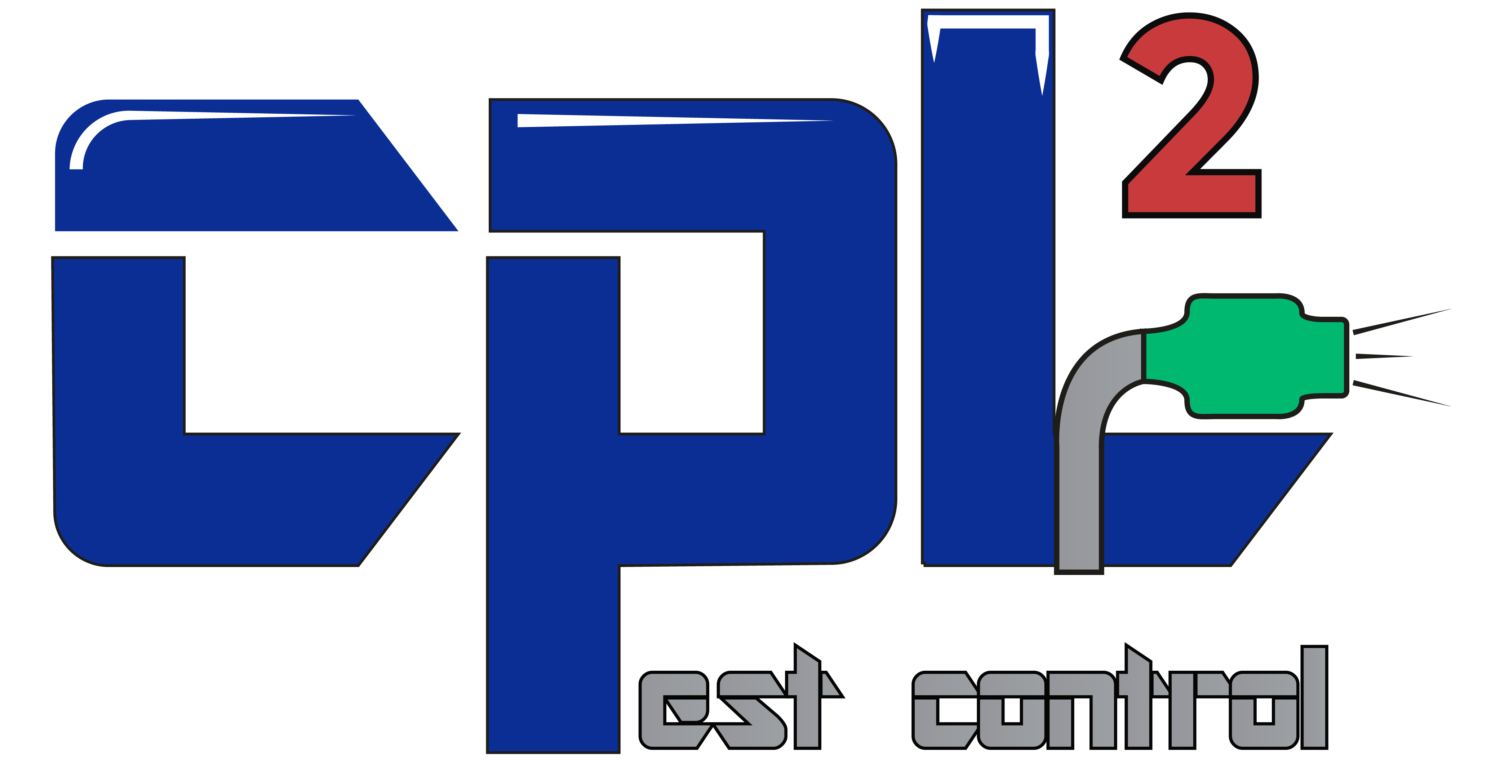Unveiling the Stealthy Invaders: Termites in Houston, TX
As the warm breeze of spring sweeps through Houston, TX, it heralds not only the blooming of flowers but also the emergence of a less welcome phenomenon: termite swarms. These silent destroyers, capable of wreaking havoc on homes and structures, are a persistent threat to homeowners in the area. In this comprehensive guide, we’ll delve into the impending swarm season, what homeowners should be vigilant for, the different species of termites present in Houston, what attracts them, the various chemicals used for treatment, innovative technologies for detection, and how CPL Pest Control is committed to safeguarding homes against termite infestations.
The Swarm Season Approaches
As temperatures rise and humidity levels increase, termite colonies prepare to swarm in search of new nesting sites. Swarmers, or winged reproductive termites, emerge from mature colonies in large numbers, typically on warm, humid evenings after rain. These swarms may be the first sign of a nearby termite infestation and serve as a warning for homeowners to be vigilant.
What Homeowners Should Look For
To detect termite activity early, homeowners should keep an eye out for the following warning signs:
- Swarmers: Keep an eye out for swarms of winged termites, especially around windows, doors, and light sources. Swarming termites may also shed their wings, leaving behind discarded wings near entry points.
- Mud Tubes: Subterranean termites construct mud tubes, or shelter tubes, as they travel between their underground colonies and food sources. These tubes may be found along foundations, walls, or crawl spaces.
- Wood Damage: Inspect wooden structures, including beams, joists, and furniture, for signs of termite damage. Look for hollowed-out or blistered wood, as well as frass (termite droppings), which resembles tiny pellets.
- Sagging Floors or Ceilings: Termite damage can weaken structural supports, causing floors or ceilings to sag or buckle. Pay attention to any changes in the integrity of your home’s framework.
Different Species of Termites in Houston
Houston is home to several species of termites, each with its own distinct characteristics and behaviors:
- Subterranean Termites: These termites build their colonies underground and construct mud tubes to access above-ground food sources. They are the most common and destructive species of termite in Houston.
- Formosan Termites: Formosan termites are a particularly aggressive species known for their large colonies and voracious appetite for wood. They can cause extensive damage to homes and structures in a short amount of time.
- Drywood Termites: Unlike subterranean termites, drywood termites do not require contact with soil and can infest dry wood structures directly. They often go unnoticed until significant damage has already occurred.
Factors That Attract Termites
Several factors can attract termites to a home, including:
- Moisture: Termites require moisture to survive, so homes with excessive moisture levels or water damage are more likely to attract infestations.
- Wood-to-Ground Contact: Wooden structures that come into direct contact with soil provide easy access for subterranean termites to enter a home.
- Wooden Debris: Stacks of firewood, lumber, or other wooden debris near the home can serve as potential nesting sites for termites.
- Cracks and Crevices: Gaps or openings in the foundation, walls, or roof provide entry points for termites to access the interior of a home.
Chemicals Used for Termite Treatment
CPL Pest Control utilizes a variety of chemicals for termite treatment, tailored to the specific species and infestation severity:
- Termidor HE: Termidor HE is a liquid termiticide used for treating both subterranean and Formosan termites. Its unique formulation allows for more efficient distribution and penetration into the soil, providing long-lasting protection against termite infestations.
- XT-2000: XT-2000 is a borate-based termiticide used for treating drywood termites. It is applied directly to infested wood surfaces and penetrates deep into the wood to eliminate termites and prevent future infestations.
- Bora-Care: Bora-Care is another borate-based termiticide used for pre-construction and post-construction termite treatments. It is applied to wooden structures to create a protective barrier against termites and other wood-destroying organisms.
Innovative Technologies for Detection
CPL Pest Control employs advanced technologies to accurately detect and assess termite infestations:
- Infrared Technology: Infrared cameras are used to detect heat signatures associated with termite activity, allowing technicians to identify hidden colonies and pinpoint infestation areas.
- The Termatrac: The Termatrac is a handheld device that uses radar and moisture sensors to detect termite activity behind walls, floors, and other inaccessible areas without the need for invasive inspections.
CPL Pest Control: Your Partner in Termite Protection
CPL Pest Control is dedicated to providing comprehensive termite control solutions tailored to the unique needs of homeowners in Houston:
- Thorough Inspections: CPL Pest Control conducts thorough inspections to identify existing termite infestations, as well as potential risk factors and vulnerabilities in the home.
- Customized Treatment Plans: Based on inspection findings, CPL Pest Control develops customized treatment plans utilizing the most effective chemicals and technologies to eliminate termites and prevent future infestations.
- Education and Prevention: In addition to treatment services, CPL Pest Control educates homeowners about termite biology, behavior, and prevention strategies to empower them to protect their homes from termite damage.
- Guaranteed Results: CPL Pest Control stands behind its services with satisfaction guarantees, ensuring that homeowners receive effective and long-lasting termite protection.
In conclusion, termite infestations pose a significant threat to homeowners in Houston, but with proactive pest control measures and the expertise of CPL Pest Control, you can safeguard your home against these destructive pests. By understanding the signs of termite activity, addressing risk factors, and partnering with a trusted pest control provider, you can enjoy peace of mind knowing that your home is protected from the silent threat of termites this spring and beyond.
